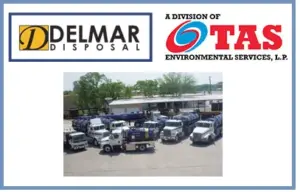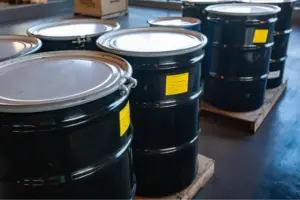What are Confined Spaces? TAS can assist with Confined Space Entry (CSE) and Confined Space Rescue (CSR)
Many workplaces have areas that meet OSHA’s definition of “confined spaces” – although certain confined areas are not necessarily designed for people, they are large enough for workers to enter and perform certain jobs. A confined space also has limited means for entry or exit. These spaces include areas such as tanks, vessels, vaults, silos, storage bins, silos, hoppers, silos, manholes, pits, tunnels, equipment housings, ductwork, and pipelines. There may be other examples in your workplace.
When there are additional hazards present, OSHA elevates them to a category of a “permit-required confined space” (permit space). This standard is used to describe a confined space that has other hazards that can have some of the following characteristics: containing or can have or potentially have a hazardous atmosphere. The space can also contain material that may be able to engulf an entrant; has inwardly converging walls or floors that have a downward slope and tapers into a smaller area that may trap or asphyxiate an entrant, an example of this is a silo with a cone bottom (sand, grain, etc..). Other recognized hazards can include exposed live wires, piping into the space that may have liquid or a gas, unguarded machinery or additional machinery that has a hazard requiring locking out of potential energy sources (LOTO).
Confined Space Entry & Rescue
Environmental hazards can also be a factor. Heat stress of the area due to the type of space entered. Boilers, ovens, kilns, or areas that lack airflow can contribute to heat stress. The environmental hazard coupled with the need to wear proper PPE all contribute to the added hazard of heat stress for the worker.
Confined Space Safety
Another environmental hazard is the weather. Rain and lightning are examples that may trigger the removal of all entrants from the confined space or the cancellation of a permit. Working in a space that is prone to filling with storm water may be a hazard from rain events several miles upstream. Lightning is a real hazard. For example, working an entry in a tank that previously contained a flammable substance creates an additional hazard that would prohibit entry during a forecasted lightning event.






It’s great that you mentioned how a confined space has limited means for entry or exit. I was reading a news site last night and I saw a headline about an accident in a confined space workplace, and fortunately everyone is safe. From what I’ve read, it seems confined space rescue services was used, which was a pretty good call for such a situation.